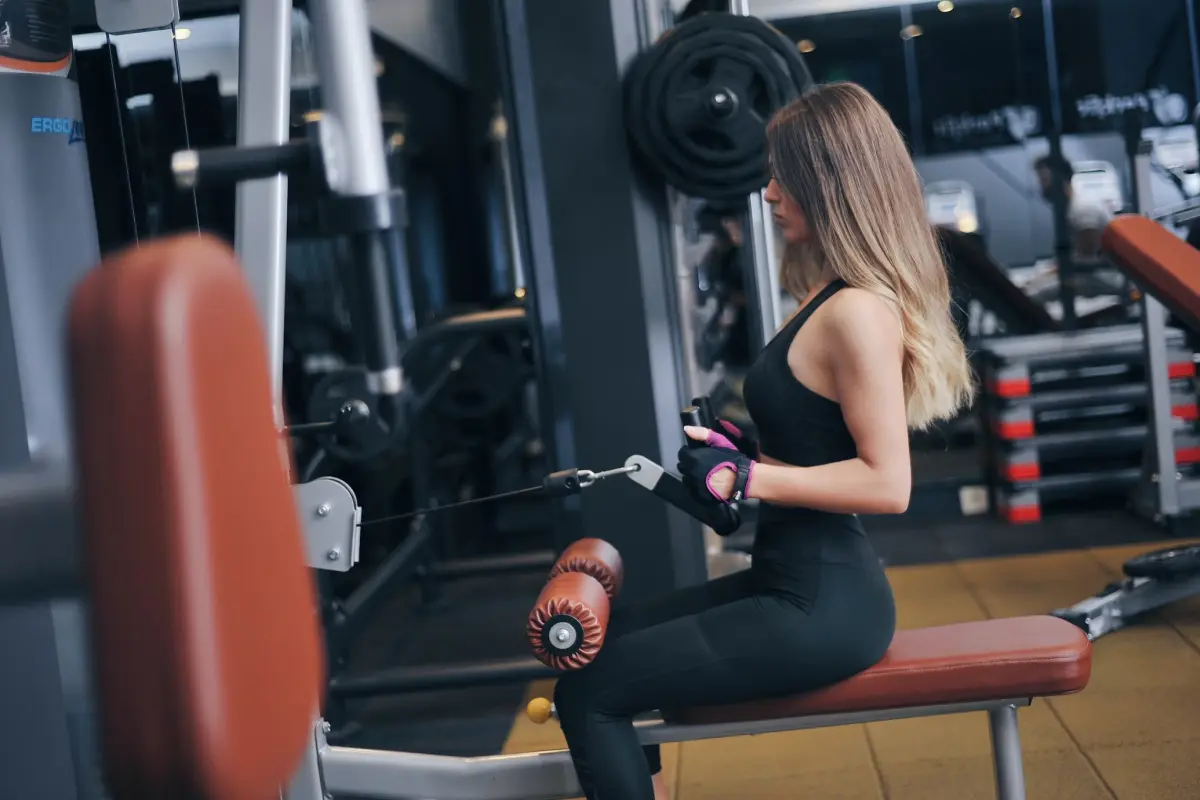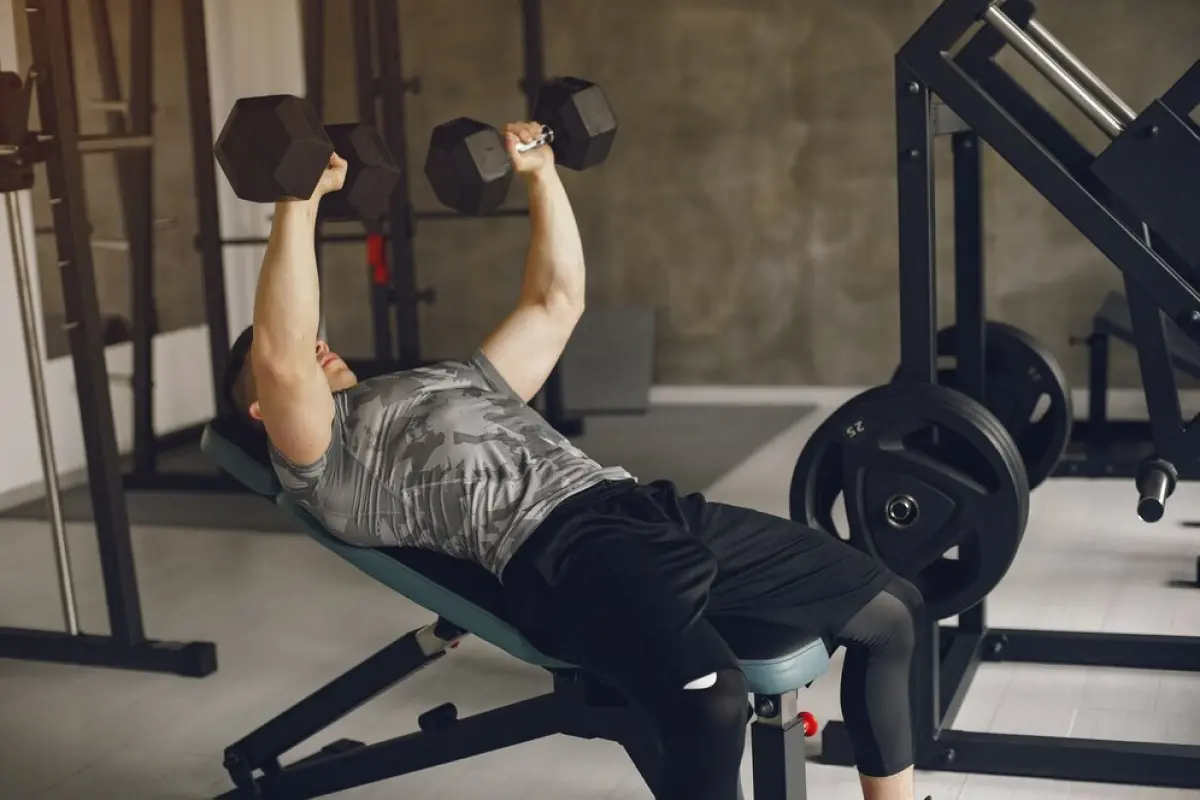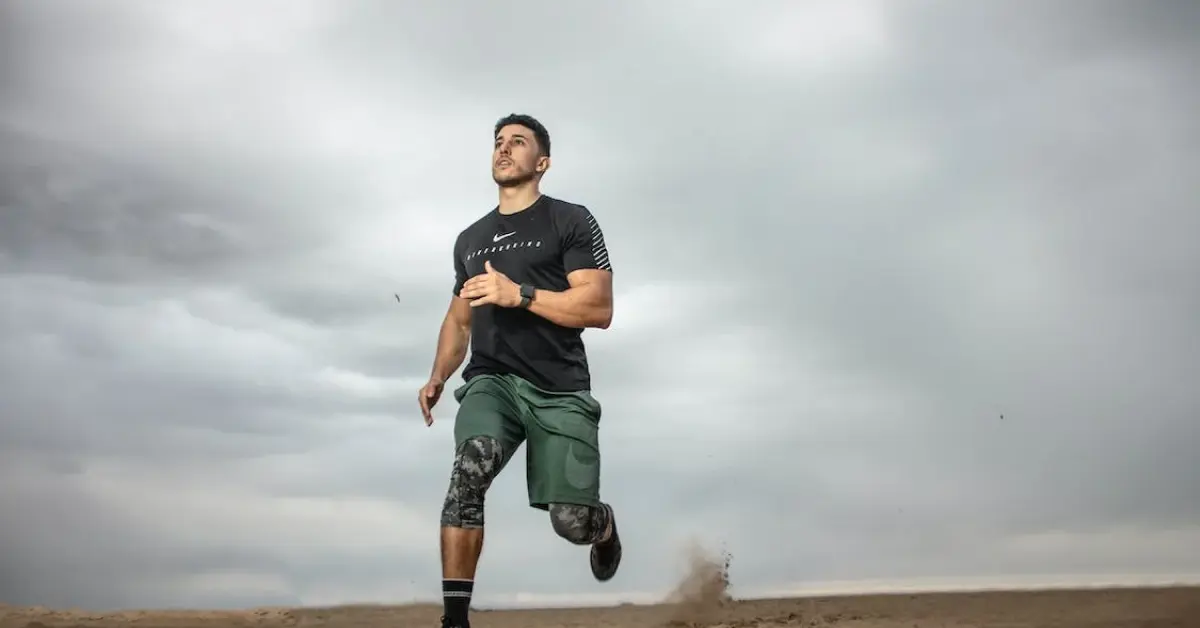Introduction
Building a strong, well-defined chest is a common goal for many fitness enthusiasts. Not only does a powerful chest enhance your physique, but it also improves overall upper body strength and functionality. In this guide, we’ll dive into an effective chest workout that you can incorporate into your fitness routine, regardless of your current fitness level.
Understanding Chest Workout Anatomy
Before we jump into the workout, it’s important to understand the basic anatomy of the chest. The major muscle in the chest is the pectoralis major, which has two parts – the clavicular head (upper chest) and the sternal head (lower chest). A well-rounded chest workout targets both of these areas.
Warm-Up
Always start with a warm-up to prepare your muscles and prevent injury. Spend 5-10 minutes doing light cardio followed by dynamic stretches focusing on the upper body.
Chest Workout
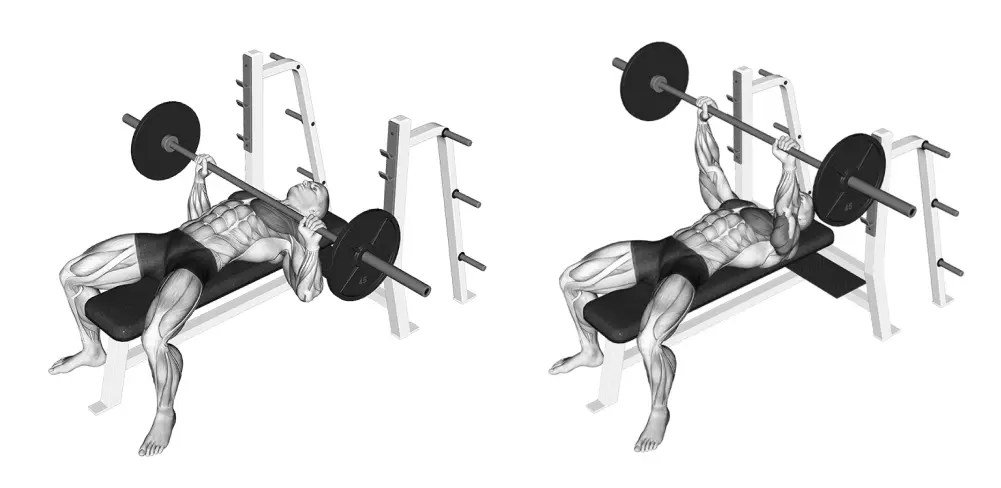
Barbell Bench Press
– Sets: 4 | Reps: 8-10
The bench press is a classic chest exercise that primarily works the sternal head of the pectoralis major. Lie on a bench, grip the barbell with hands slightly wider than shoulder-width, lower it to mid-chest, and then press up.
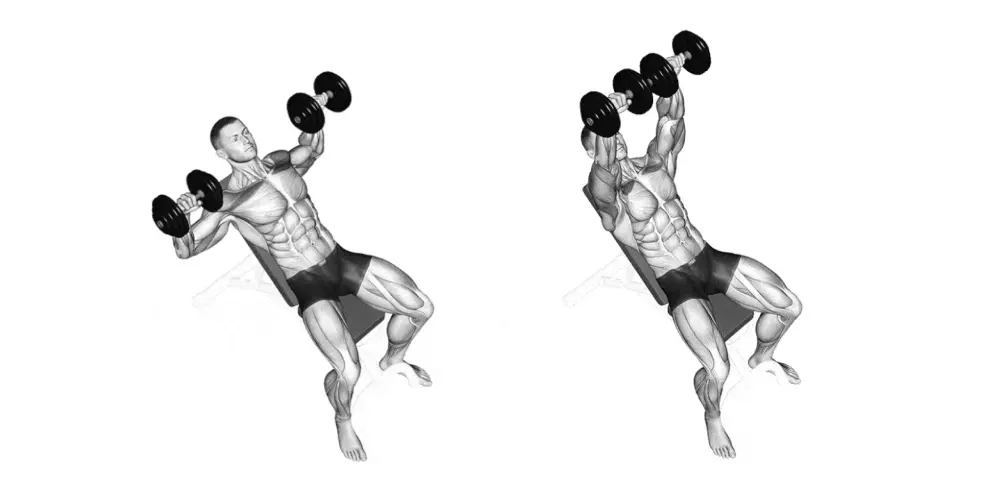
Incline Dumbbell Press
– Sets: 3 | Reps: 8-10
Targeting the upper chest, incline dumbbell presses are essential for a balanced chest development. Set your bench to a 30-45 degree angle. Hold a dumbbell in each hand at shoulder level and press up.
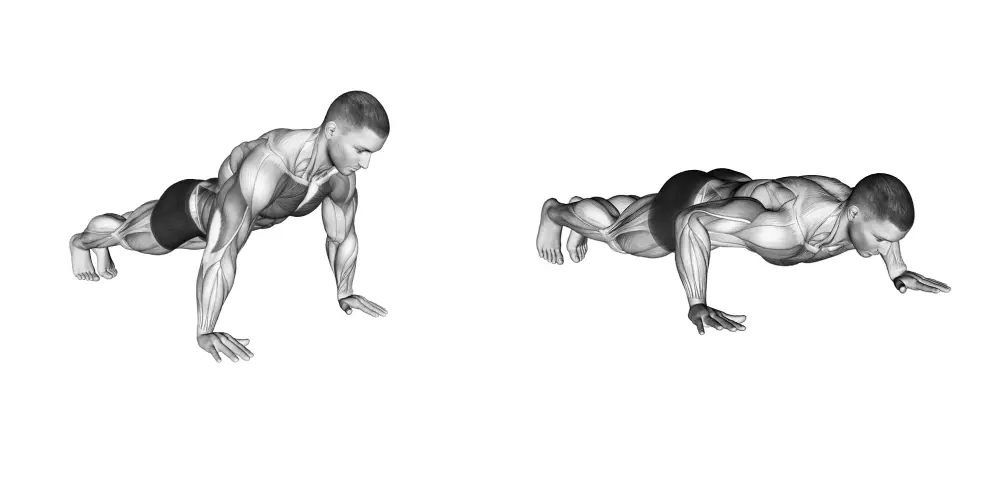
Push-Ups
– Sets: 3 | Reps: 15-20
A versatile exercise that can be done anywhere, push-ups target the whole chest. Keep your body in a straight line from head to heels and lower your body until your chest nearly touches the floor.
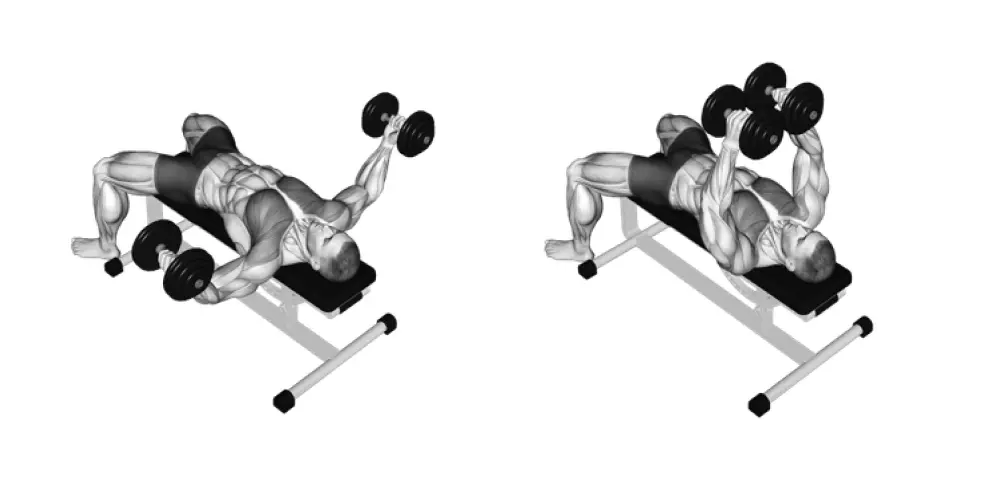
Chest Flyes
– Sets: 3 | Reps: 10-12
Use dumbbells or a cable machine. This exercise focuses on chest expansion and works the pectoral muscles across a different range of motion.
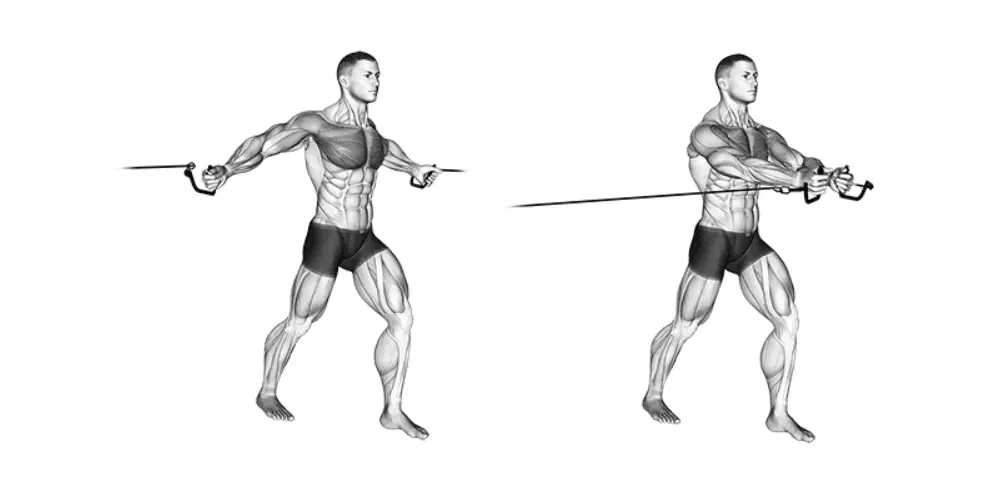
Cable Crossover
– Sets: 3 | Reps: 12-15
This exercise targets the inner chest. Stand in the middle of a dual cable machine, grasp the handles, and bring your hands together in front of you in a smooth arc.
Cool Down after Chest Workout
End your workout with a cool-down period. Stretch your chest muscles, shoulders, and arms to aid recovery and flexibility.
Tips for Effective Chest Training
- Focus on form over weight to maximize muscle engagement and minimize injury.
- Incorporate a mix of exercises to target different parts of the chest.
- Allow adequate recovery time; give your chest muscles at least 48 hours to recover before targeting them again.
- Consider progressive overload to gradually increase the weight or reps over time.
Conclusion
A well-structured chest workout is key to developing strength and aesthetics in your upper body. By incorporating these exercises into your routine and paying close attention to your form, you’ll be on your way to achieving a stronger, more defined chest. Remember, consistency is key, so stay committed to your training, and you’ll see results in no time.










